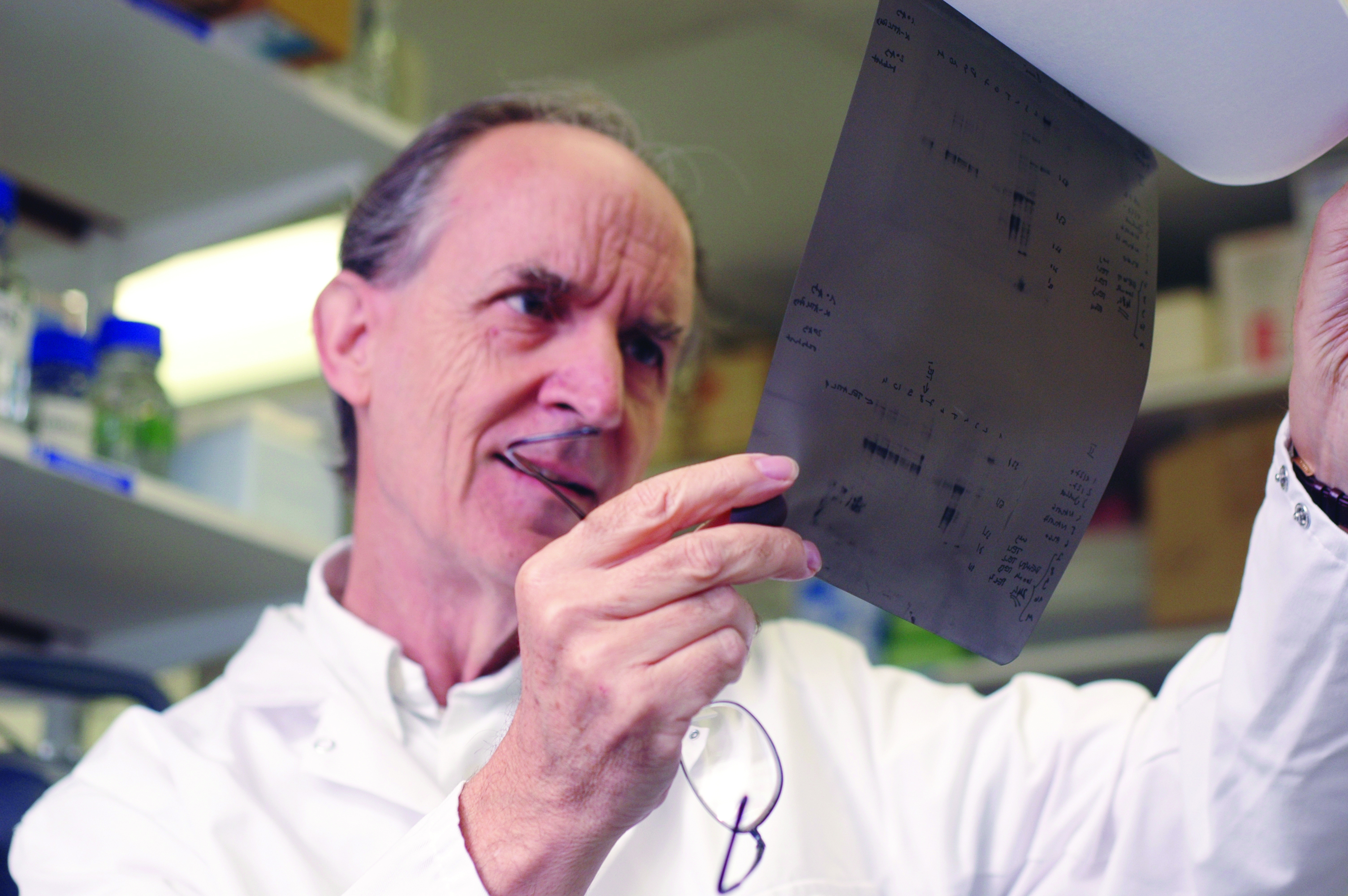The twentieth century Russian biologist Theodosius Dobzhansky argued that "nothing in biology makes sense except in the light of evolution", and twenty-first century cancer biologists are increasingly shining the light of this overarching theory of life on cancer cells.
The process by which normal cells become rogue cancerous cells is an evolutionary one: mutations in their genes imbue them with new characteristics, and within a tumour a process of natural selection favours those cells whose new characteristics allow them to proliferate and expand as a clonal population within and between tissues.
In this light, cancer researchers can begin to make sense of the features of cancer which make it difficult to conquer: how tumours get started and how they progress into destructive forces which can damage normal tissue and spread around the body; why some treatments stop working when the cancer becomes resistant to them; and why so many cancers come back when we thought they had been beaten.
One of the pioneers of applying evolutionary thinking to cancer research is Professor Mel Greaves, an expert in the biology of leukaemias at The Institute of Cancer Research (ICR). Professor Greaves spoke at the National Cancer Research Institute (NCRI) Cancer Conference in Liverpool this week, giving the latest on how evolution is changing the way we think about cancer.
In his presentation, "Evolutionary complexity in acute lymphoblastic leukaemia", Professor Greaves described how, at the molecular level, the development and progression of cancer is more messy than the traditional explanations.
For example, scientists have traditionally described cancer as a linear process of "clonal expansion": of one rogue cell capable of copying itself thousands of times to produce a tumour comprising clones of that original cell. It was thought that by sequencing the genome of a cancer cell, we would discover how the rogue cells differed from healthy cells, and so find the Achilles' heel of the cancer.
It's now clear that cancers are more complex than this. The ongoing processes of mutation and selection in the developing cancer creates a great diversity of cells, with many distinct genomes and behaviours. The result is a clonal architecture resembling the classical evolution of species in ecosystems as imagined by Charles Darwin in his iconic sketch.
Professor Greaves discussed this genetic "variegation" of cancers, including the complex and diverse combinations of mutations that his own laboratory has found in leukaemic clones of individual patients and in the stem cells that spawn and sustain sub-clonal diversity.
Professor Greaves also made suggestions for the future of research into the evolutionary nature of cancer. He argues that we should think of cancer stem cells — those "immortal" cells, which have none of the usual constraints on their ability to produce copies of themselves — as the unit of selection in cancers, analogous to Charles Darwin's description of individual organisms as the unit of natural selection.
His work reinforces the view that these cancer stem cells must be the target for cancer treatment, and that their inherent genetic diversity poses constraints on what type of targeted treatment is likely to work.
- Professor Greaves's presentation builds upon papers published recently in Nature, Genetic variegation of clonal architecture and propagating cells in leukaemia (2011) and Clonal evolution in cancer (2012), and a perspective article, Cancer stem cells as 'units of selection', published in Evolutionary Applications last month.
- Further reports from the NCRI Cancer Conference can be found on the Cancer Research UK website, and the ICR will bring you more later in the week.
